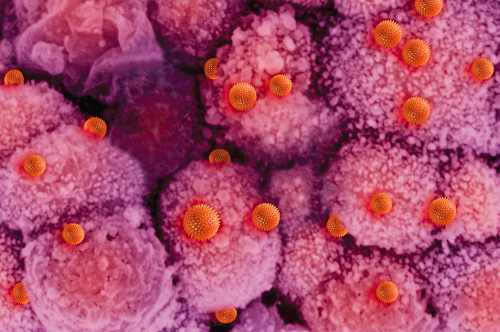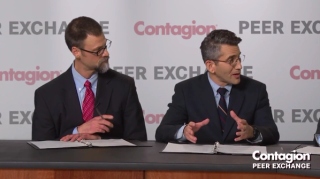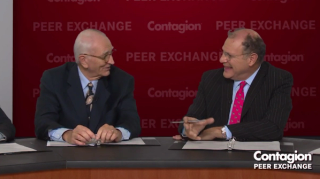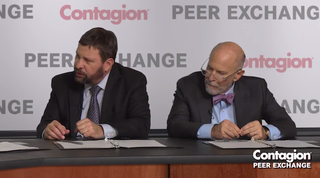
Prevention
Latest News
Latest Videos

CME Content
More News

What makes a germ more likely to cause a pandemic? A new report poses a novel framework for addressing this question.

A lack of coordination among regulating bodies, pharma manufacturers, standard development organizations, and laboratory testing device companies has muddied efforts to stop antibiotic resistance; the 21st Century Cures Act aims to fix that.
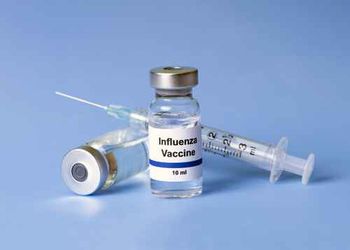
The overall rate of health care personnel receiving flu shots has gone up in recent years, but a new study finds that much of the increase is due to policies held at non-VA hospitals.
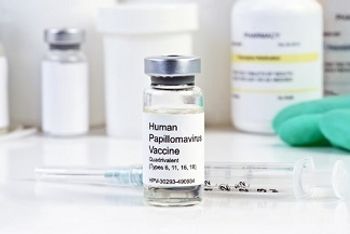
A higher number of new sexual partners, as well as lifetime sexual partners, may drive this risk in these patients.

Could dressing more formally induce patients to adhere to their treatment plans?

Fulphila is the first biosimilar to Neulasta to decrease the chance of infection in patients with non-myeloid cancer who are receiving myelosuppressive chemotherapy that has a clinically significant incidence of febrile neutropenia.

The Vaccine Adverse Event Reporting System reveals a number of errors made in the administration of the new shingles vaccine.

The 5-year partnership grant is to support the development of novel immunotherapy agents that target multidrug-resistant Gram-negative bacterial infections.

Increased stewardship may reduce administration of drugs to low birth-weight babies designed to prevent early-onset sepsis.

The results of 2 studies indicate that patients who are overweight or obese have better mortality outcomes than patients who are at a normal weight when it comes to fighting off infectious diseases.
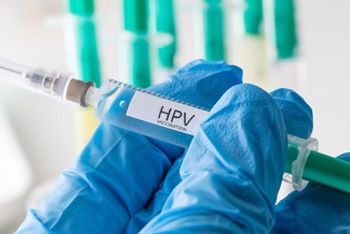
Despite public health recommendations, a new study has found that too many adolescents and young adults in the United States are failing to complete the full vaccination course for HPV.

A new study finds that most infection prevention and control programs require more staff and existing models are woefully inadequate.

Stay up-to-date on the latest infectious disease news by checking out our top 5 articles of the week.
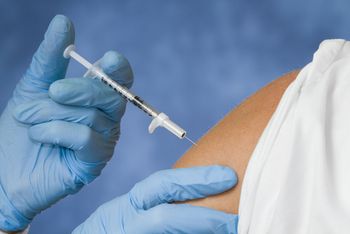
With optimal distribution, even low-efficacy flu vaccines can make a difference, although their benefits vary somewhat depending on which age group has a high uptake rate.

Ambulatory antibiotic stewardship interventions are more effective when focused on tools, technology, the person, organization, tasks, and environment components.

Bruce A. Mueller, PharmD, explains the risk factors for augmented renal clearance.
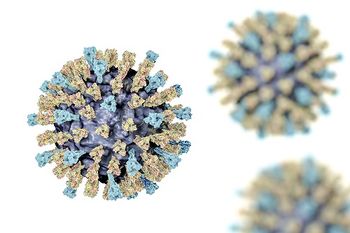
Following recent reports that England has seen more measles cases so far in 2018 than in all of 2017, health officials are combating outbreaks of the virus with vaccination clinics.

Nabriva Therapeutics plans to file a New Drug Application with the FDA in the fourth quarter of 2018.

Bruce A. Mueller, PharmD, shares some of the pharmacokinetic alterations that occur in patients who are in acute kidney failure in the intensive care unit.
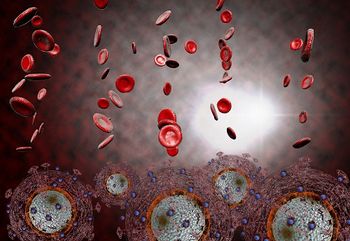
Primary care physicians are using an innovative heatmap, customized web-based software, and an extensive survey to reduce the number of new HIV diagnoses and increase viral suppression rates in patients with HIV.

Researchers have found that a vaccine for Junin virus, a South American hemorrhagic fever virus, protects against another virus in the same family, opening up the possibility for universal vaccines for virus families.
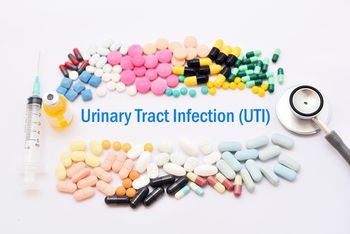
Comparing 2 commonly prescribed treatments for urinary tract infections, an international team of researchers discovers that 1 is clearly superior.

With limited access to state-of-the-art technology in much of the world, the organization hopes the new list will draw attention to the importance of diagnostics.

Kenneth P. Klinker, PharmD, and Jason M. Pogue, PharmD, share some strategies to address beta-lactam dosing issues that they employ at their institutions.

Edward J. Septimus, MD, explains how smaller hospitals can overcome the challenges that come with having fewer resources to implement a robust antibiotic stewardship program.
